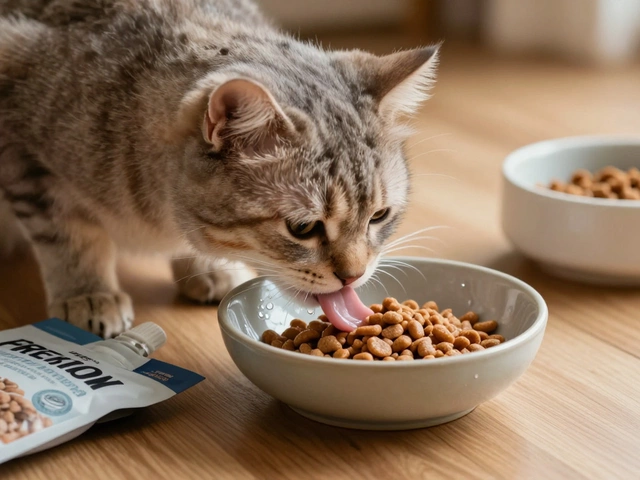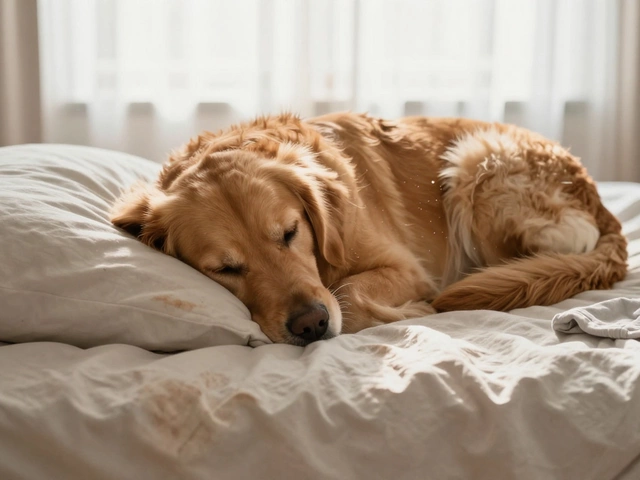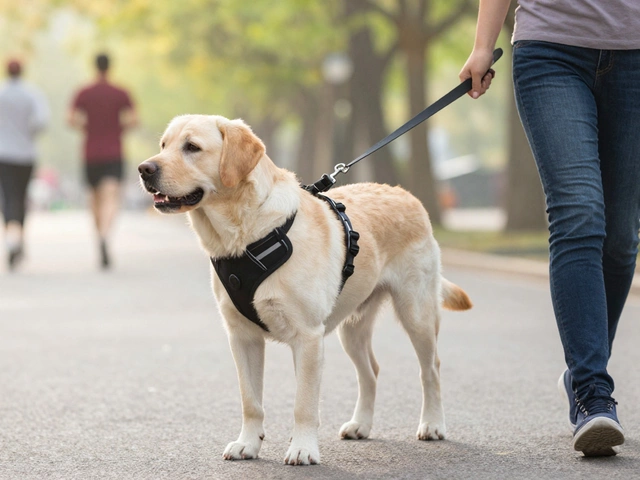Getting a Puppy – Your Quick‑Start Guide
Bringing home a new puppy is pure excitement mixed with a dash of “what‑now?” You’ll be asking yourself how to set up the space, what to feed, and when the inevitable accidents will stop. The good news? Most of those questions have straightforward answers, and you can dodge the common pitfalls with a simple plan.
First 48 Hours: Survival Mode
Think of the first two days as a crash‑course in puppy basics. Before the pup even steps through the door, have a safe area ready – a playpen or a baby‑gate‑ed room with a comfy bed, fresh water, and a few chew toys. The moment the door opens, keep the excitement low‑key; a calm voice and slow movements help the puppy feel secure.
Set up a bathroom spot right away. Whether you use puppy pads or a designated outdoor area, take the pup there every 30‑45 minutes, especially after eating, drinking, or waking up. Consistency will teach the little one that “outside = bathroom.”
Sleep can be a challenge. Many owners wonder when puppies stop sleeping in a crate. For the first night, a crate can give the pup a sense of security, but watch for signs that it’s outgrowing it – restless whining, trying to escape, or simply looking uncomfortable. When those cues appear, transition to a dog bed in a quiet corner.
Training, Chews, and Travel Basics
Training starts the moment you set foot in the house. Simple commands like “sit” and “come” can be practiced in 5‑minute bursts, three times a day. Keep sessions upbeat and end with a treat – a small piece of healthy chew is perfect. Speaking of chews, not all toys are safe. Vet‑recommended options include rubber Kong toys, nylon bones, and natural hide chews. Avoid anything that can break into small shards.
If you plan to travel, start early. A 2025 pet travel guide shows which airlines let dogs in the cabin versus cargo. For short trips, a carrier that fits under the seat works well; for longer flights, research cargo policies, breed restrictions, and temperature limits. The goal is to choose a method that feels safe for both you and the pup.
Nutrition matters, too. While the article “Best Chews for Puppies” walks through the top vet picks, remember the basics: high‑quality puppy food, fed 3–4 times daily, and fresh water at all times. Avoid human snacks and stick to the feeding schedule you set – consistency helps both digestion and potty training.
Finally, keep an eye on health signs. A slight cough, loss of appetite, or persistent diarrhea should prompt a vet visit. Early detection saves money and keeps the pup happy.
Getting a puppy doesn’t have to be overwhelming. Break it down into three stages – safe space, bathroom routine, and gentle training – and you’ll see progress fast. Use the resources on our site – from “Surviving the First 48 Hours with a New Puppy” to “Best Chews for Puppies” – to fill in the details. Before you know it, you’ll have a well‑behaved, tail‑wagging companion ready for walks, playdates, and a lifetime of fun.

What No One Tells You About Getting a Puppy: Real Costs, Sleep, Training & a 30-Day Plan
The messy truth about getting a puppy: sleepless nights, hidden costs, training setbacks, and a realistic first-30-day plan. Clear, human advice for new owners.
read more



